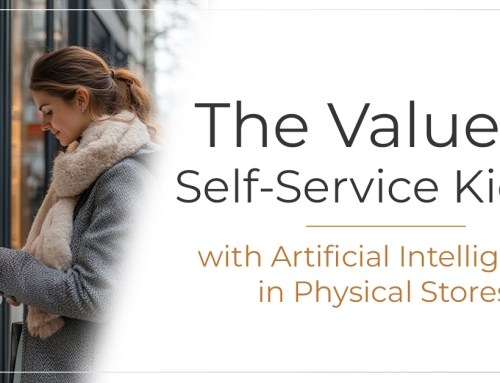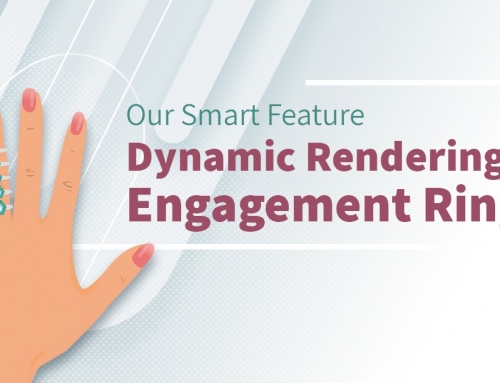The Future of Visuals: AI-Based Real-Time Rendering (RTR) Technology Explained
The Future of Visuals: AI-Based Real-Time Rendering (RTR) Technology Explained
AI-Based Real-Time Rendering (RTR) technology is revolutionizing industries such as retail by enabling instant interactive 3D product displays. In jewelry retail, it bridges the gap between online and offline shopping, enhancing customer experience and driving business growth.
AI-Based Real-Time Rendering (RTR) technology is revolutionizing industries such as retail by enabling instant interactive 3D product displays. In jewelry retail, it bridges the gap between online and offline shopping, enhancing customer experience and driving business growth.
In today’s fast-paced digital landscape, innovative solutions are constantly reshaping how businesses operate. One such breakthrough is AI-Based RTR (Real-Time Rendering) technology. But what exactly is RTR, and why is it revolutionizing industries like retail?
What Is AI-Based Real-Time Rendering and how does it work?
AI-Based Real-Time Rendering (RTR) is a cutting-edge technology that transforms various input formats, such as 3D models, STL files, or even flat 2D images, into interactive, 360° live models on a screen—instantly. By leveraging advanced algorithms and rendering engines, RTR simulates lighting, textures, and intricate details of a 3D object. Unlike traditional 3D modeling processes, which can be time-consuming and resource-intensive, RTR is lightweight, efficient, and quick to deploy.
Imagine being able to rotate, zoom, and interact with a product model in real time, as if you were holding it in your hands. That’s the power of AI-Based RTR.
The result? A seamless experience for both creators and users.
RTR is a game-changer for industries that rely on visual product displays and will change the way jewelry stores sell online and offline.
Transforming Jewelry Retail with AI-Based RTR Technology
RTR elevates product displays, bridging the gap between in-store and online shopping experiences. Customers can view rings, necklaces, bracelets, watches and more from all angles, and even try them on virtually, making online shopping more immersive and boosting customer satisfaction with interactive tools.
Faster Creation Process: Businesses can generate multiple models in minutes, rather than spending hours or days on traditional 3D modeling.
Cost-Effectiveness: With RTR, the need for expensive 3D model creation and lengthy design processes is drastically reduced. Companies save both time and money.
Lightweight and Efficient: RTR doesn’t demand heavy computational resources, making it accessible to businesses of all sizes.
Enhanced Customer Experience: Customers can explore products interactively online, improving engagement and increasing the likelihood of a purchase.
Virtual Try-On instantly with RTR
As AI-Based RTR continues to evolve, with Inova constantly developing and enhancing this technology, its applications within the jewelry industry are expanding, revolutionizing areas such as custom design, virtual try-ons, and digital showrooms. Its ability to simplify complex design processes and deliver stunning, interactive displays makes it an indispensable tool for modern jewelry retailers. For businesses looking to stay ahead in today’s competitive market, adopting AI-Based RTR will be key to unlocking new growth opportunities and enhancing the customer experience.




